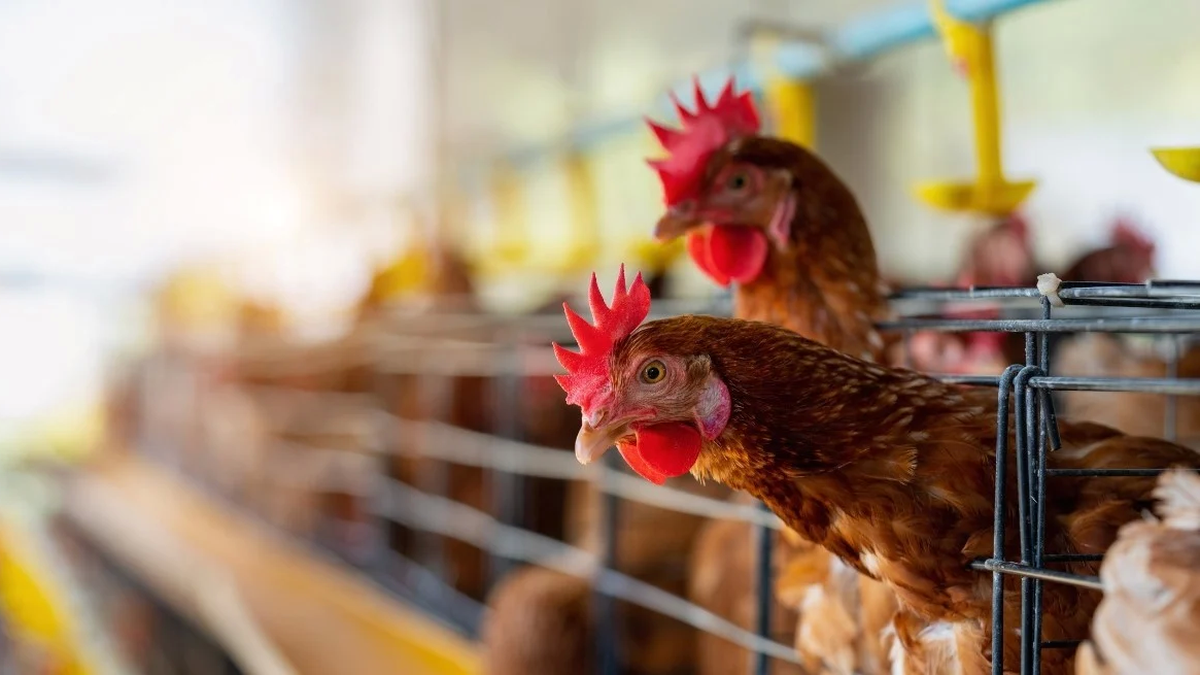Uruguay detected the fifth focus of bird flu In the reservation Rodolfo Tálice, in the department of Florida, and while the Ministry of Livestock, Agriculture and Fisheries (MGAP) advances with the necessary measures to start the vaccination of local birds, also declared the epidemiological threat in the country.
The truth is that in a large number of countries Latin America the Avian Influenza H5N1 It is becoming a major concern. Since the first cases were reported in October, 12 countries in the region have detected sick animals: in addition to Uruguay, they also registered cases Argentina, Chile, Bolivia, Peru, Ecuador, Venezuela, Cuba, Panama, Guatemala, Honduras and Mexico.
This is of concern, mainly, due to the economic impact of the stamping out in business relationships. Currently, the poultry sector in Latin American countries produces not only for domestic markets, but also places 20.4% of poultry meat and 10% of eggs consumed in the world.
For the moment, only Brazil, Colombia, El Salvador, Nicaragua and Paraguayan they remain free of reported cases of bird flu, but the alert is on throughout the region for transmission through migratory birds.
What is the situation in Latin American countries?
Uruguay remains on constant alert, with five outbreaks detected so far: the first was in Black-necked swans in Garzon Lagoon, but concern grew with the death of 70 chickens and other backyard birds in Saint Gregory of Polanco, Tacuarembó.
After these two outbreaks, the death of 10 hens was recorded on a farm in Montevideo —spreading the alarm for a possible spread of the virus within the production system—, as well as the death of five swans, this time in Season Wall, Cannelloni. The focus on two birds in the Flores reserve led the MGAP to install the epidemiological threat, with a number of dead birds now close to 100.
In the case of Argentina, there have already been 59 cases of Avian Influenza throughout the country, both in poultry (49) and commercially farmed (6) and wild (4). This led to the slaughter of around 240,000 chickens and the temporary suspension of exports to China during the first time the virus reaches backyard and commercial birds.
For their part, both Chile and Peru are particularly concerned about the transmission of the virus to mammalsespecially sea lions. In the case of the northern country, the death of 3,500 specimens of this species was recently recorded from an outbreak of bird flu. While in Chilean territory the first case in poultry was detected this week in a breeding center with 40,000 birds.
Panama, likewise, slaughtered some 1,500 poultry and prohibited the mobilization of backyard specimens for 90 days. And Venezuela only detected cases in wild birds.
For its part, in Mexico, the first case was registered on October 14 of last year and has already affected nearly six million specimens in 13 states. While in Ecuador, a case of bird flu in a 9-year-old girl worried.
Source: Ambito




